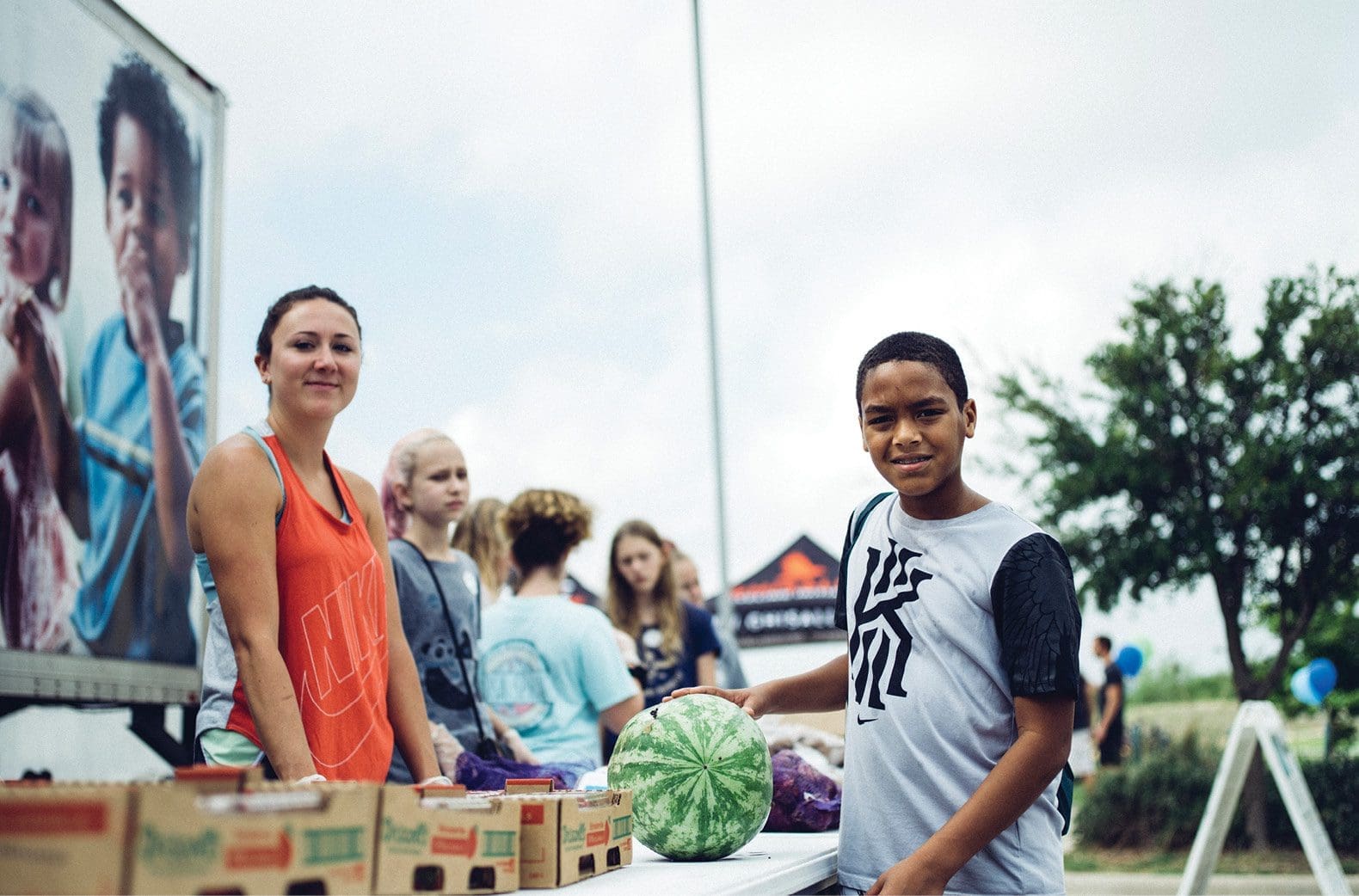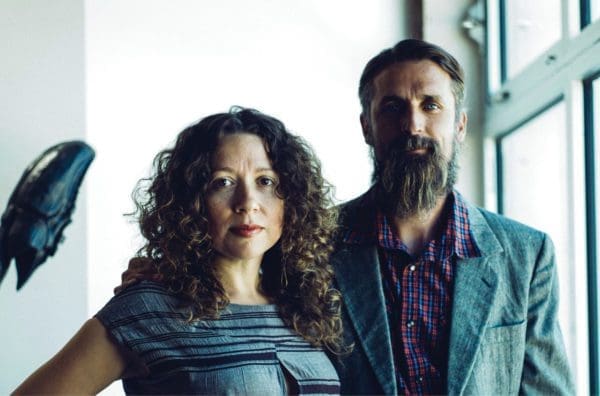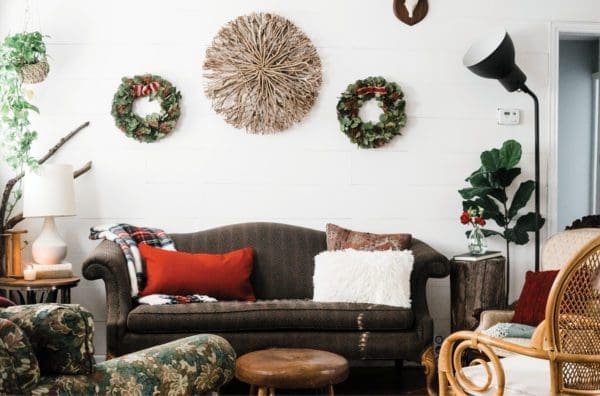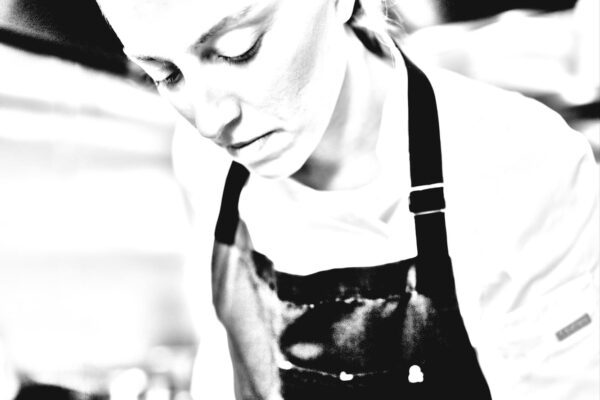Stronger People = Stronger Communities

Promoting equity through healthy living
Words by Jessica Devenyns Photos by Eric Morales
In the world of public health, the social determinants of health form the heart of almost any discussion. Where do you come from? What do you earn? How do you access your food? Why are you not as healthy? Although this is a dialogue that can exist outside the day-to-day life of most citizens, unfortunately, many still find themselves mired
in this discussion.
Kimberly McNeely, the director of the Austin Parks and Recreation Department, explains how our city arrived at this junction. “The City of Austin found out last year that there was a higher rate of disparity than in many other cities across the country.” As a result, a resolution was passed by City Council that created the Equity Office which oversees new initiatives coming into Austin with the intention of suturing the divide. With this political push for citywide equity setting the stage for newcomers, Stronger Austin found itself perfectly suited to unfurl its plan to offer accessible fitness and nutritional programming in Austin’s underserved neighborhoods.
In East Austin, which is historically and geographically broken up by pockets of inequities, “We want to see increased physical activity. We want to see improved nutrition. We want to see decreases in the prevalence of preventable chronic disease,” states Baker Harrell, the CEO of It’s Time Texas and co-founder of Stronger Austin. To do this, Harrell says that durable changes to a person’s health must begin by altering a community’s mindset about the importance of collective health. “At the end of the day, you cannot have a thriving community if the entire community is not healthy, and you cannot have a healthy community if it’s inequitable,” he reminds us.
To help ensure effective and healthy change within East Austin communities, Harrell has recruited partners from across the city to help form Stronger Austin. “We want to impact [health inequities] in a very deliberate and methodical way, and Stronger Austin with its focus on health, nutrition, and fitness with the community being fully engaged in that process was a perfect way for us to begin to move the needle on those disparities that we know exist,” McNeely adds.
Although this initiative is still in its infancy, Stronger Austin is already looking to expand the number of individuals whom they can serve with their programming which includes expanded out of school time, fitness classes, nutrition and cooking classes, and activity groups. However, to do so, Harrell explains that it is necessary to spend more time canvassing the various East Austin communities and having discussions about how each neighborhood wants to build their fitness programming. Currently, Harrell says that there are four key components to every class they will offer: free of charge, relevant for all ages and fitness levels, within walking distance of the neighborhood, and bilingual.
Despite the potency of having communities design their programming individually, McNeely laments, “Now we have more work to do.” Nevertheless, she explains that the weight of the tasks is lightened through partnerships with Austin Parks and Recreation, My Brother’s Keeper, It’s Time Texas, and the University of Texas School of Public Health, who make it easier to accommodate a wide range of requests. Often requests revolve around opening under-utilized school gymnasiums, parks, recreation centers, and churches to participants in the Stronger Austin initiative.
Using these centrally located centers where everyone is welcome on equal footing is how Stronger Austin is injecting a strengthened sense of community into their fitness initiative. “It’s not just about getting healthy, but it’s about a sense of community that’s now being created in these different park areas,” summarizes McNeely. Harrell adds that when you activate centers that are familiar to those within a community, people are more likely to engage and attend programming. Plus, he says that when you’re able to go with your neighbors, “you now have a group of people from your community with whom you can engage in these new activities on a regular basis.”
“Who does not want to have a sense of belonging? Who does not want to be a part of a group that is doing something exciting and fun?” McNeely challenges. When these requirements are met, the result is consistency. “And that’s why we’re so focused on group classes instead of one-on-one, because it is the social support component that really determines at the end of the day if someone is going to maintain a behavior or a lifestyle,” continues Harrell, who explains that long-term commitment is the critical piece that is currently missing from the equation.
With steepled fingers and a pause in his monologue, Harrell concludes that the only way to revitalize community health is to start taking small steps down a long road. He states gravely, “This is an issue we all need to care about, because we all have a stake in the future of this community.”
What programs will Stronger Austin provide?
Expanded out-of-school time, fitness classes, nutrition/cooking education classes, and activity groups. Some fitness classes and walking groups will be implemented before the end of the year, but expansive programming will begin in the first quarter of 2018.
Contact:
strongeraustin.org
@strongeraustin
itstimetexas.org










